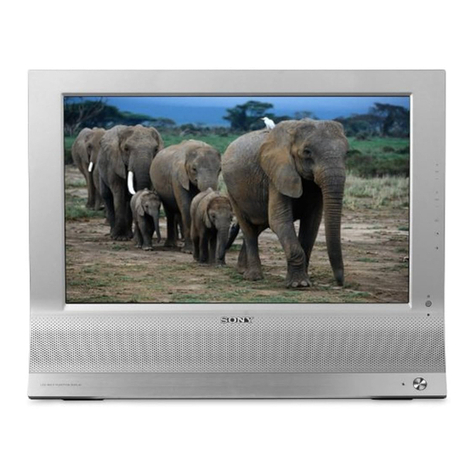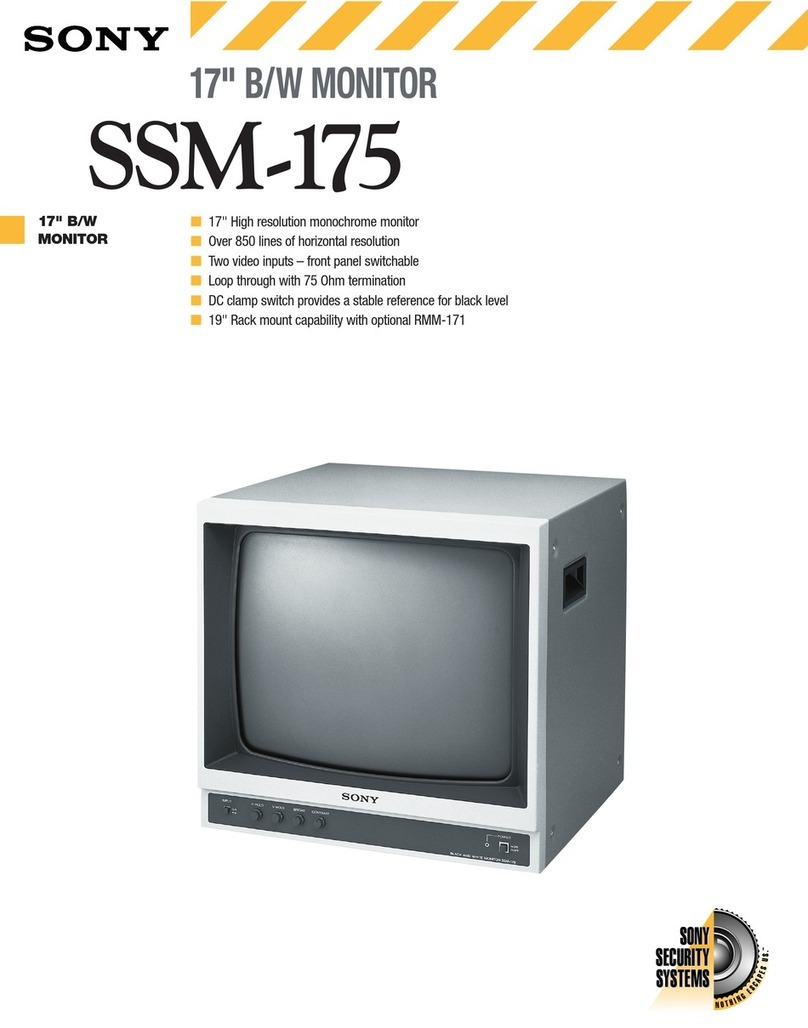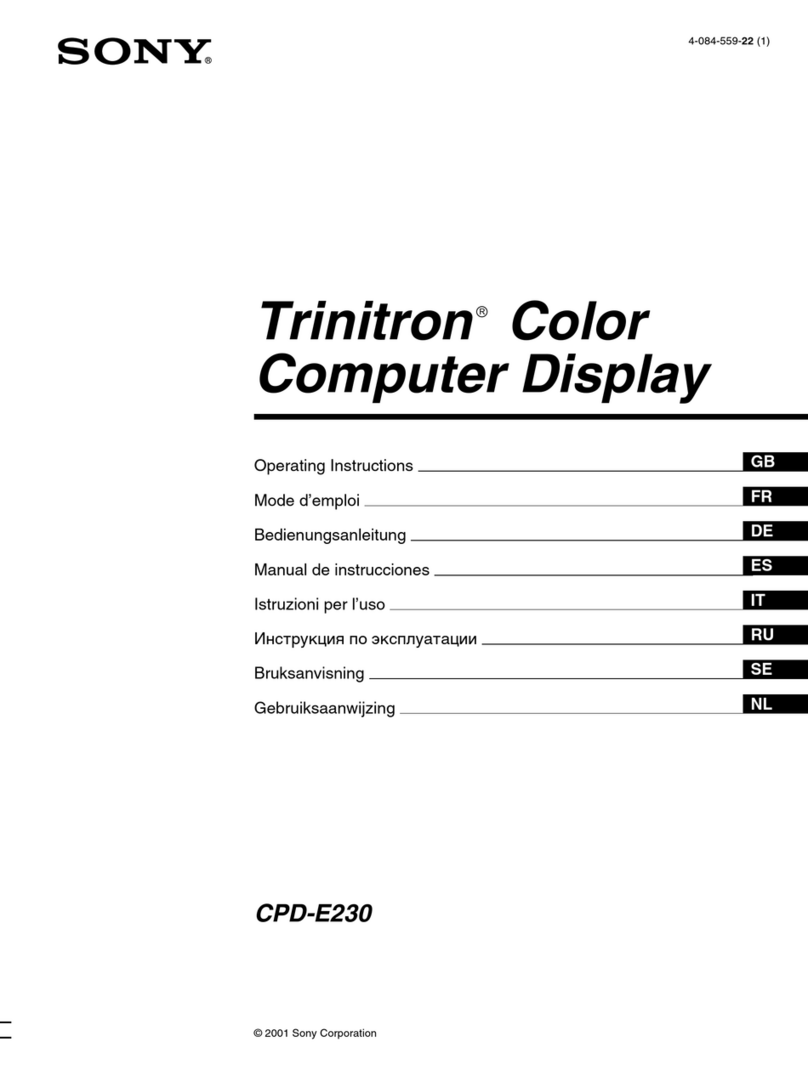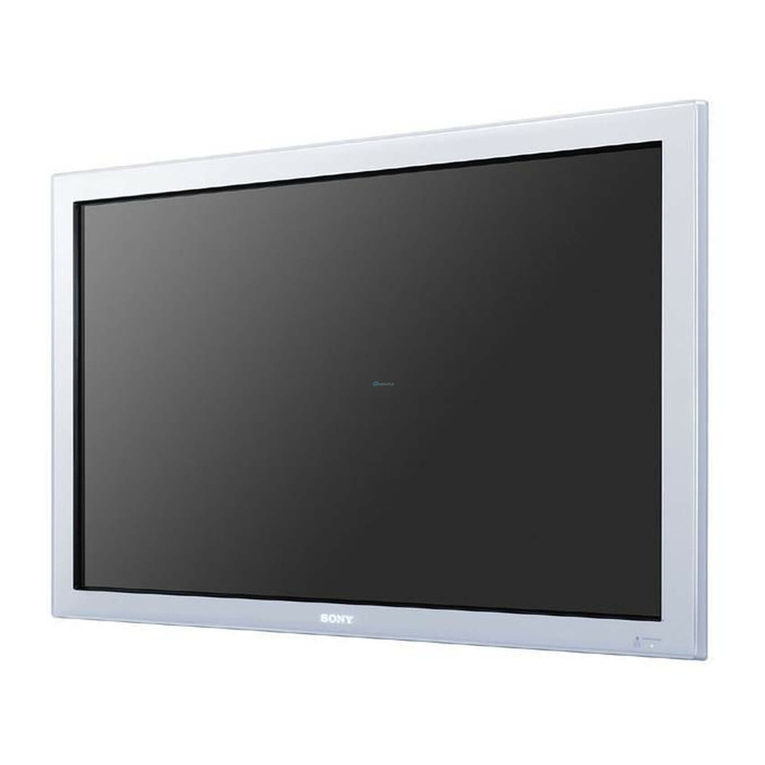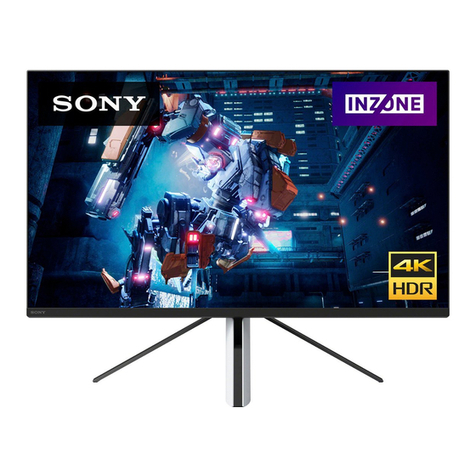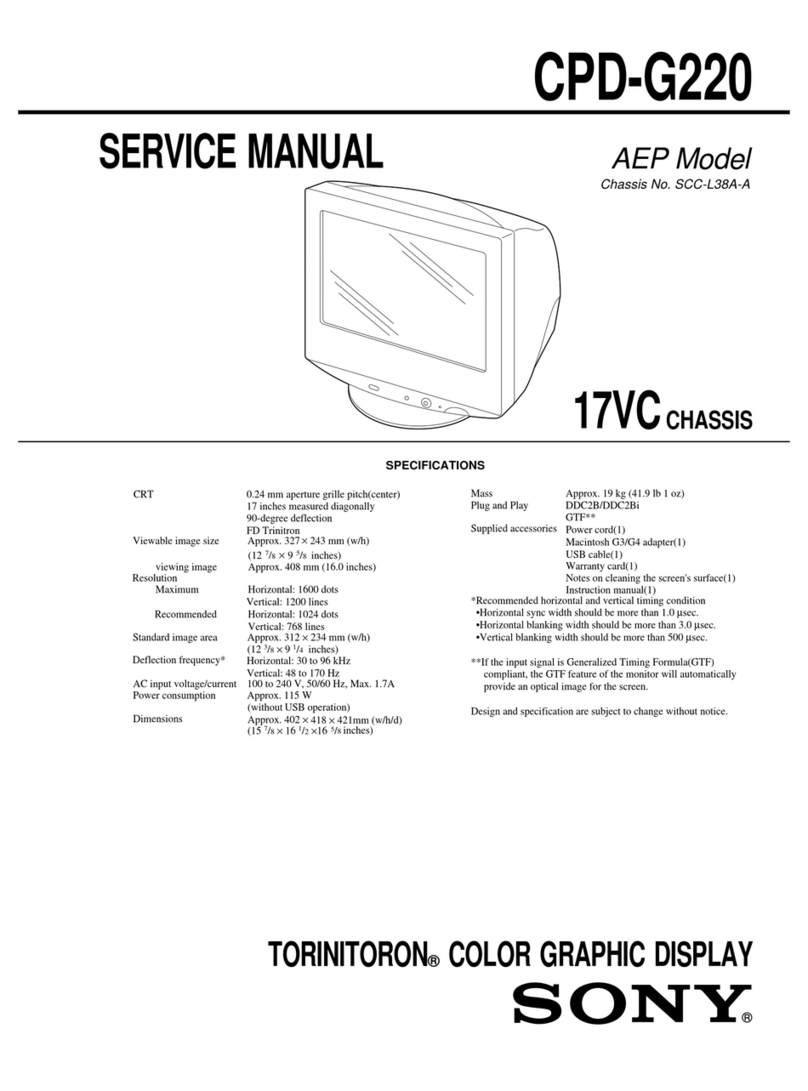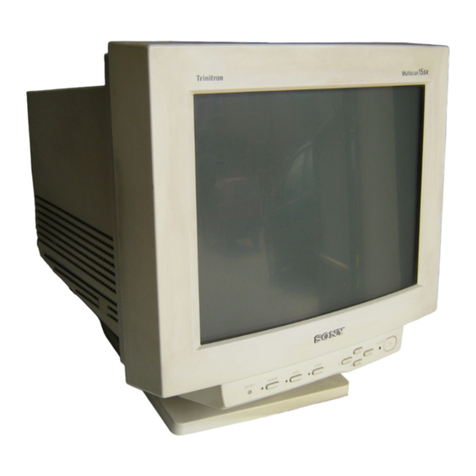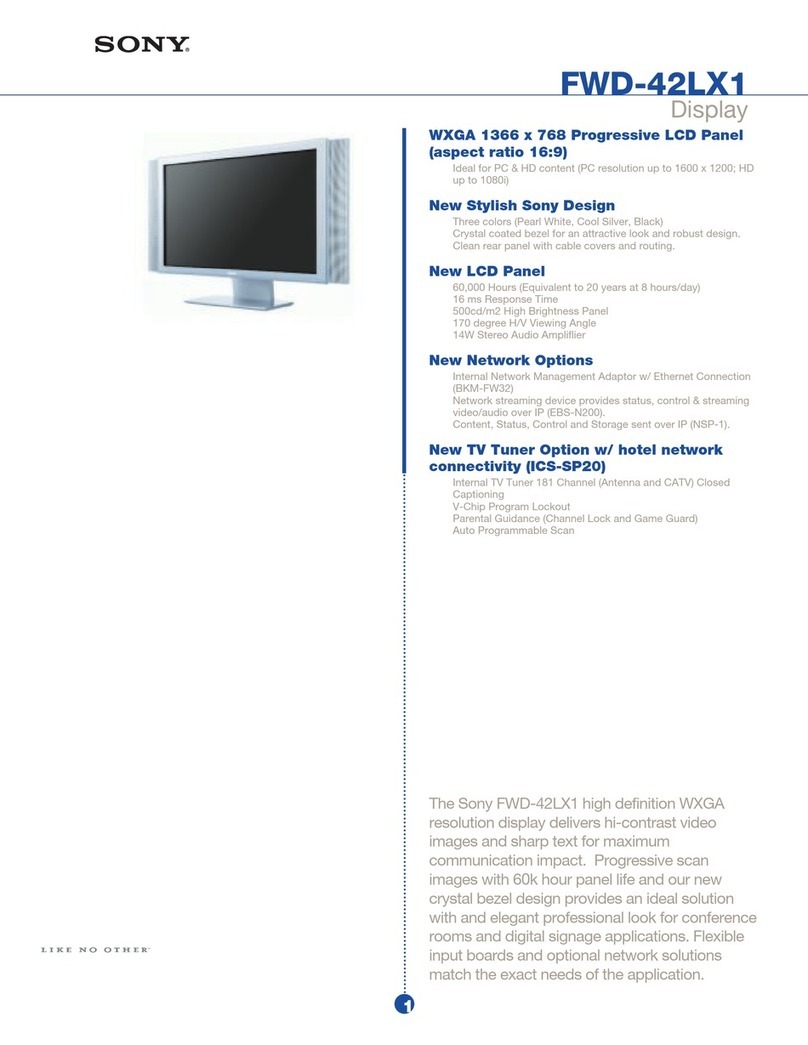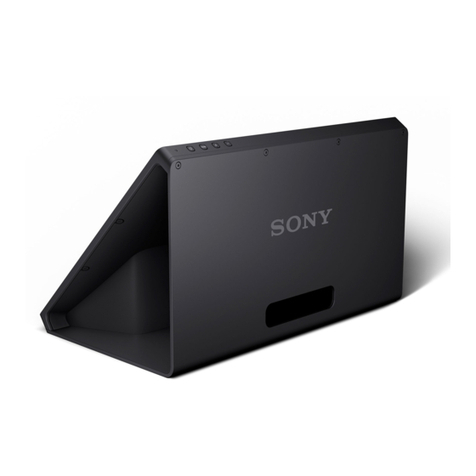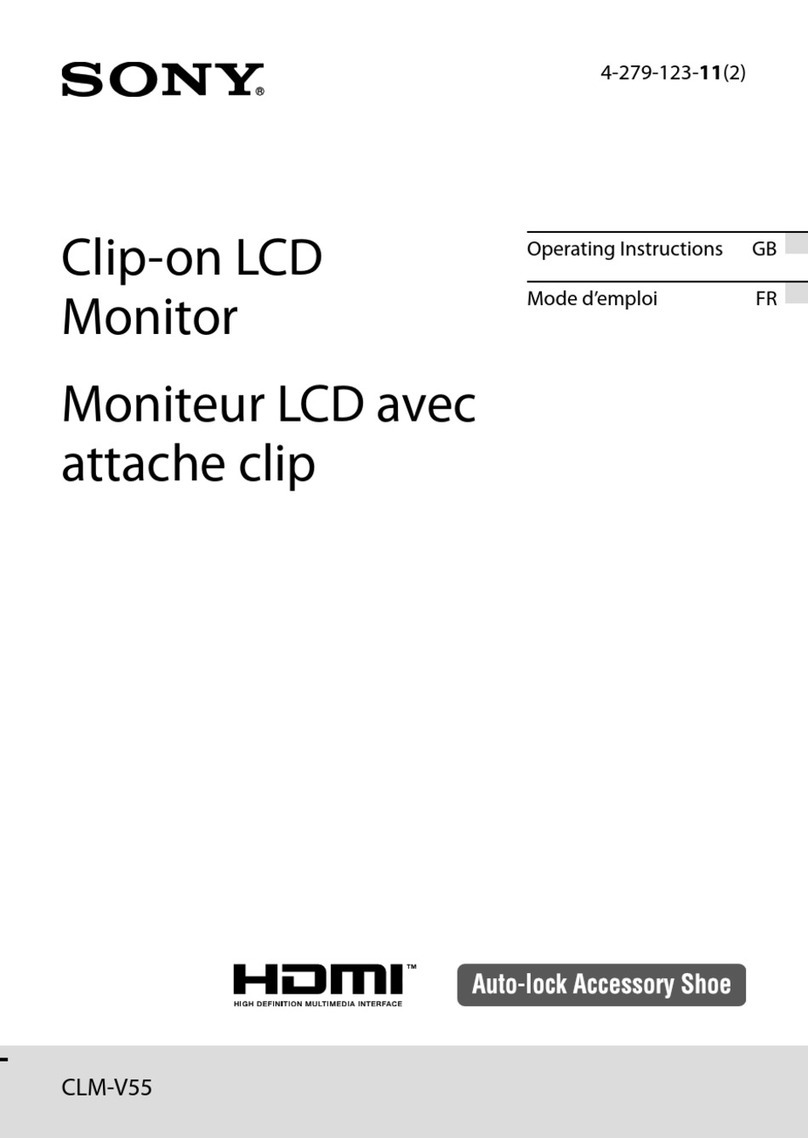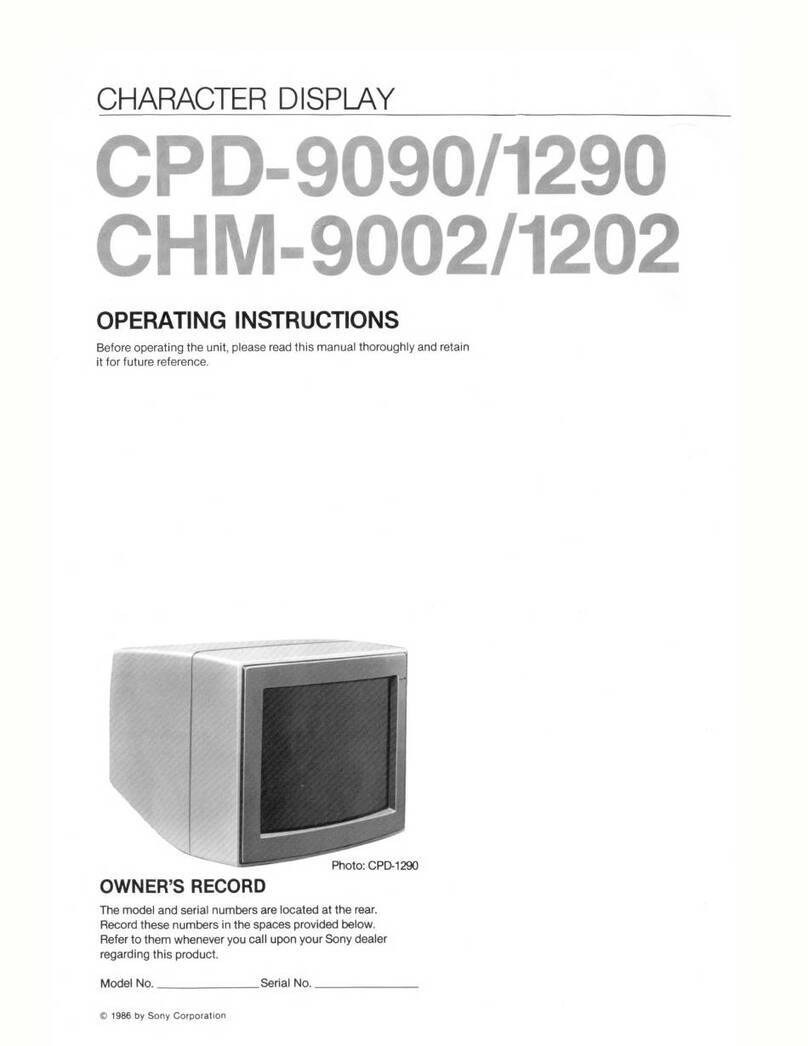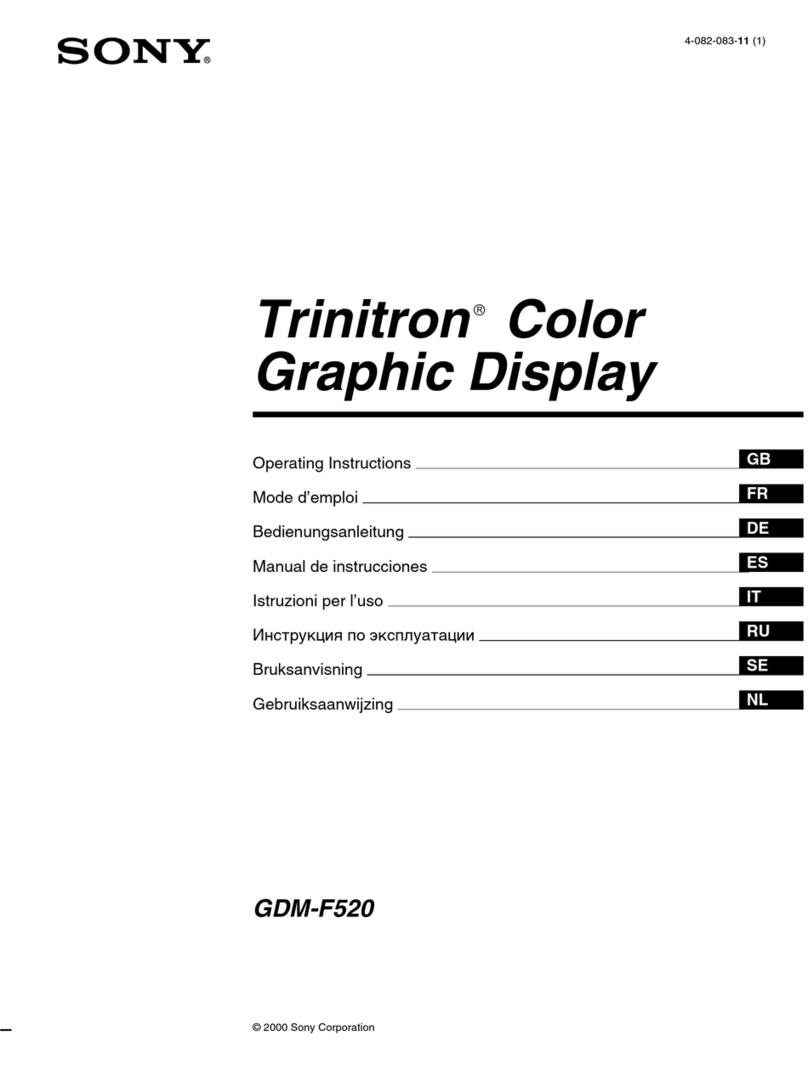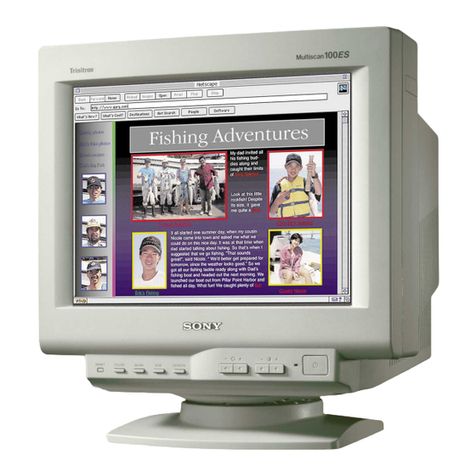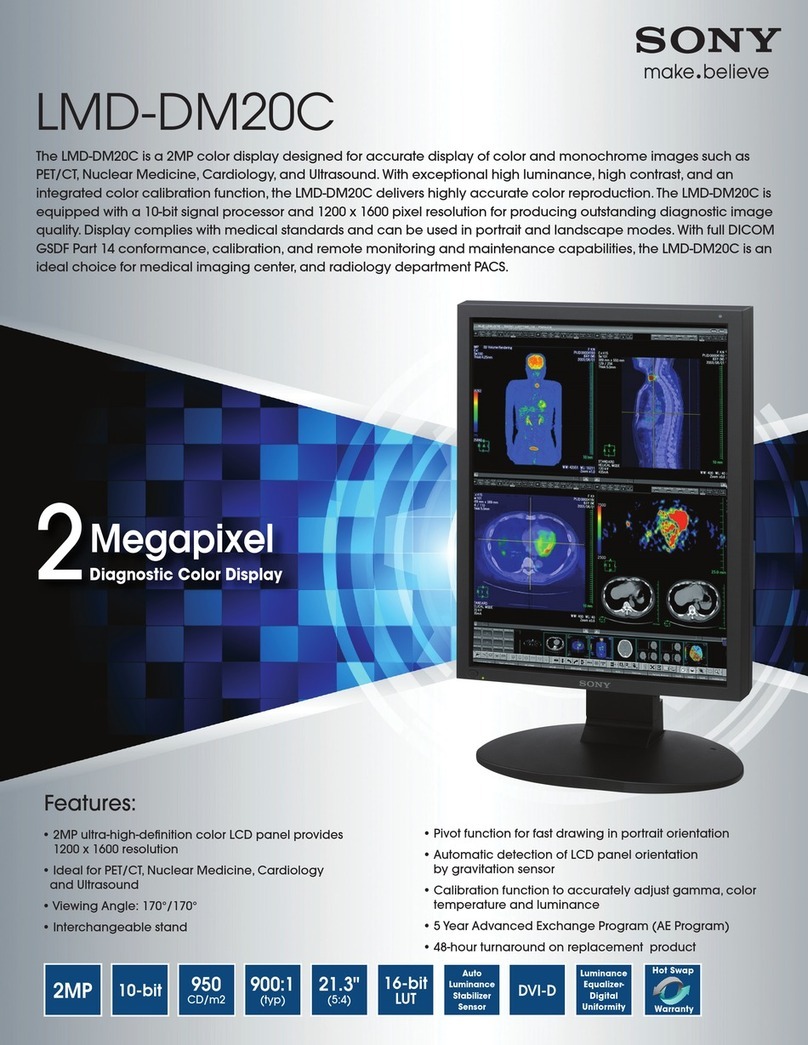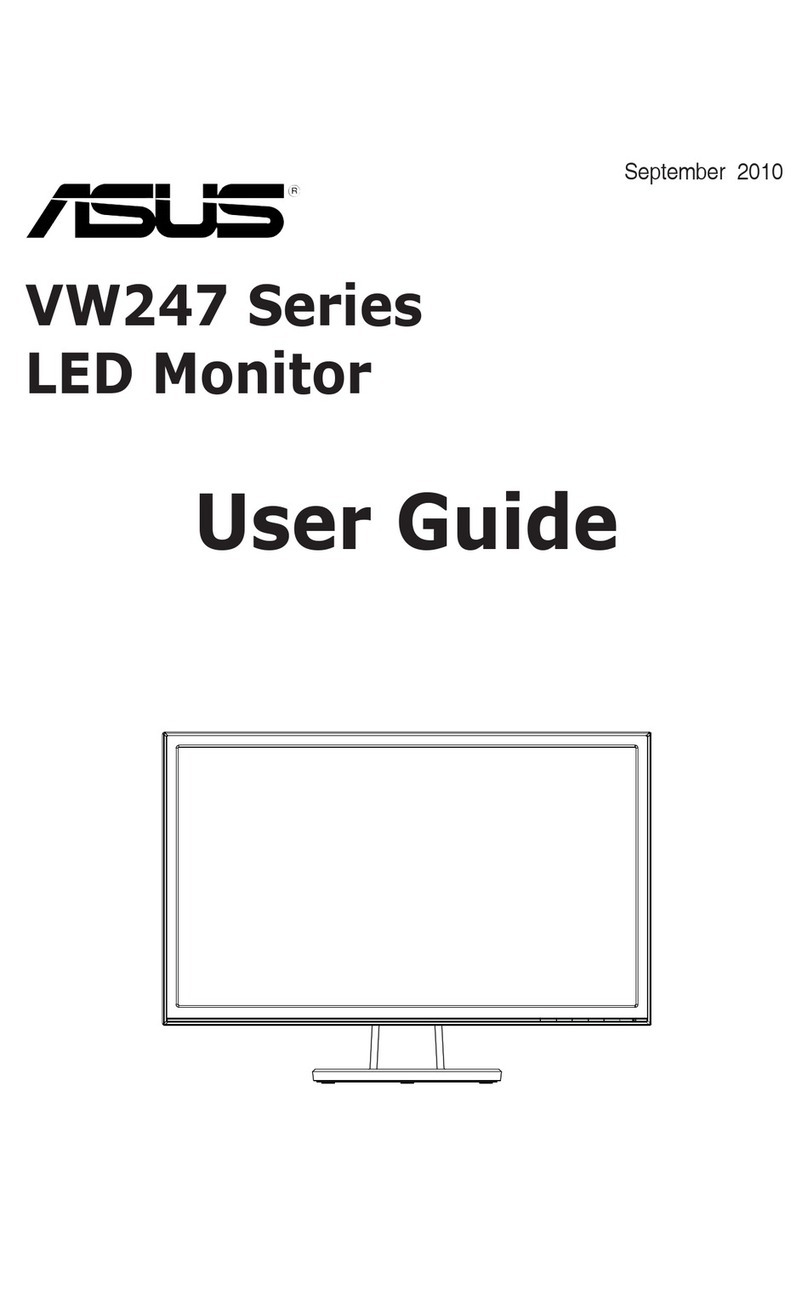
2
Indications for Use/Intended Use
The LCD Monitor is intended to provide 2D color
video displays of images from surgical
endoscopic/laparoscopic camera systems and
other compatible medical imaging systems. The
LCD Monitor is a widescreen, high-definition,
medical grade monitor for real-time use during
minimally invasive surgical procedures and is
suitable for use in hospital operating rooms,
surgical centers, clinics, doctors’ offices and
similar medical environments.
Notes
• This equipment is for medical professionals.
• This equipment is intended for use in medical
environments, such as doctors’ offices,
examination rooms, and operating rooms.
To reduce the risk of fire or electric shock, do not
expose this equipment to rain or moisture.
To avoid electrical shock, do not open the
cabinet. Refer servicing to qualified personnel
only.
No modification of this equipment is allowed.
Warning
To avoid the risk of electric shock, this
equipment must only be connected to a supply
mains with protective earth.
Warning
This unit has no power switch.
To disconnect the main power, unplug the power
plug.
When installing the unit, incorporate a readily
accessible disconnect device in the fixed wiring, or
connect the power plug to an easily accessible
socket-outlet near the unit.
Do not position the ME equipment where it is
difficult to unplug the power plug.
If a fault should occur during operation of the unit,
operate the disconnect device to switch the power
supply off, or disconnect the power plug.
Warning
Symbols on the product
Consult the instructions for use
Follow the directions in the instructions
for use for parts of the unit on which this
symbol appears.
This symbol indicates the manufacturer,
and appears next to the manufacturer’s
name and address.
This symbol indicates the Importer, and
appears next to the Importer’s name and
registered office address.
This symbol indicates the European
Community representative, and appears
next to the European Community
representative’s name and address.
This symbol indicates the UK
Responsible Person, and appears next to
the UK Responsible Person’s name and
address.
This symbol indicates the Swiss
authorized representative, and appears
next to the Swiss authorized
representative’s name and address.
This symbol indicates the medical device
in the European Community.
This symbol indicates the date of
manufacture.
This symbol indicates the serial number.
This symbol indicates the Unique Device
Identifier (UDI), and appears next to the
bar code representation of the Unique
Device Identification.
This symbol indicates the equipotential
terminal which brings the various parts
ofa system to the same potential.
Storage and transport temperature
This symbol indicates the acceptable
temperature range for storage and
transport environments.
Storage and transport humidity
This symbol indicates the acceptable
humidity range for storage and transport
environments.
Storage and transport pressure
This symbol indicates the acceptable
atmospheric pressure range for storage
and transport environments.


